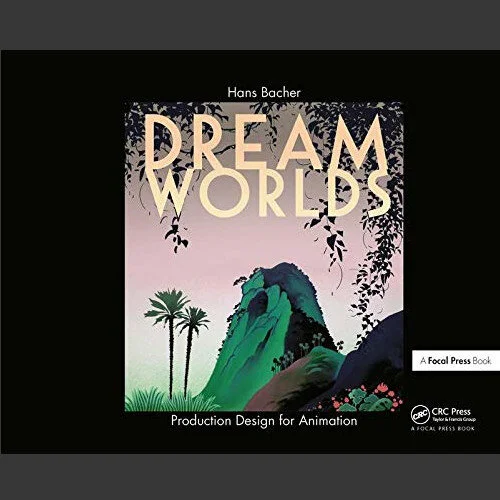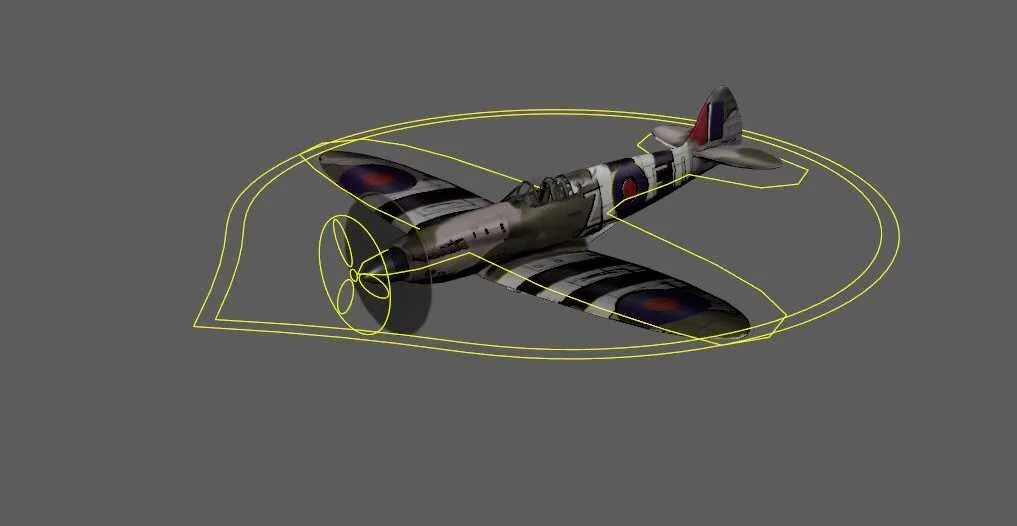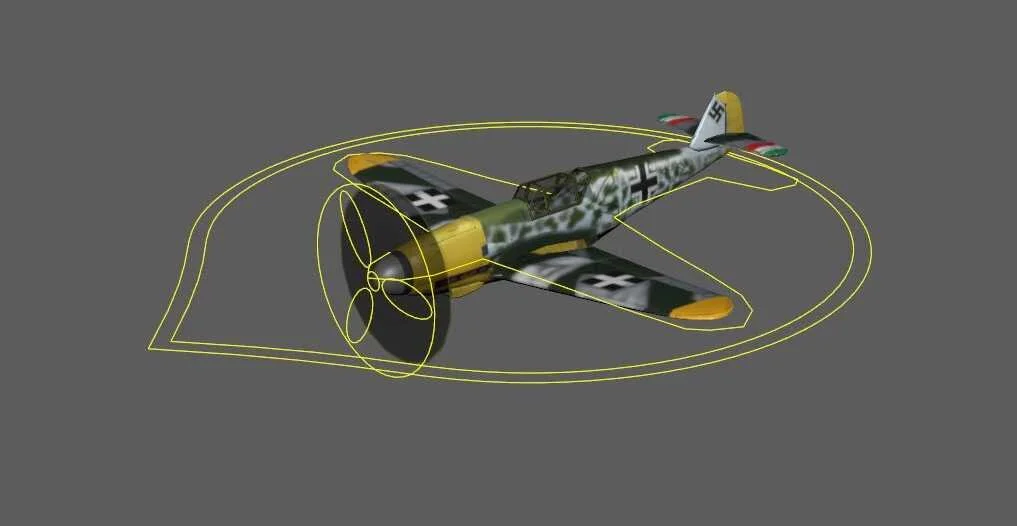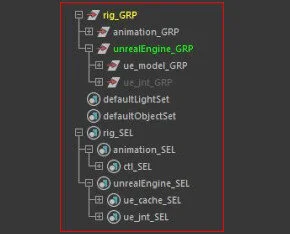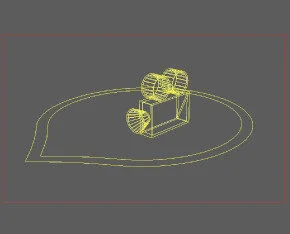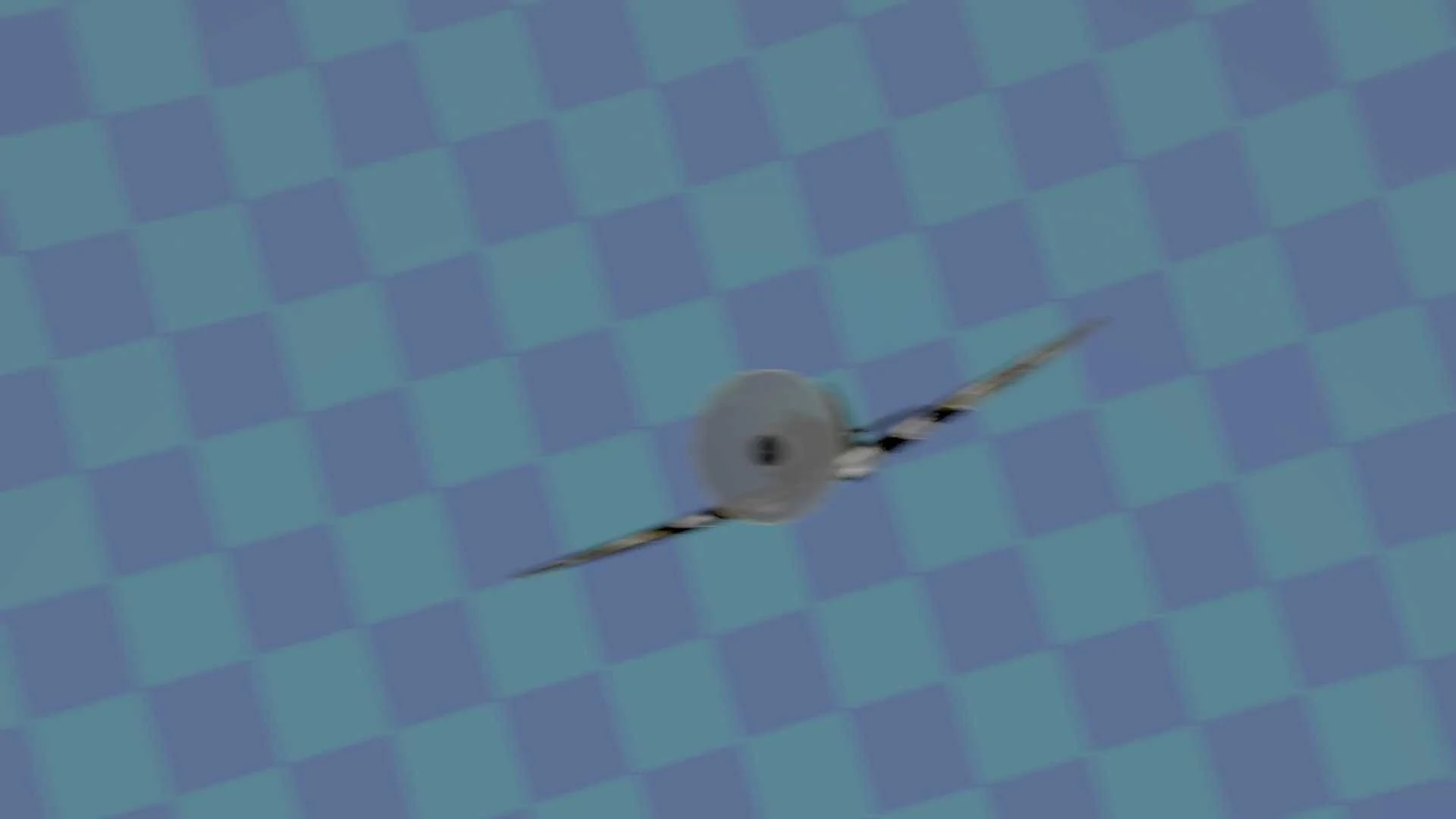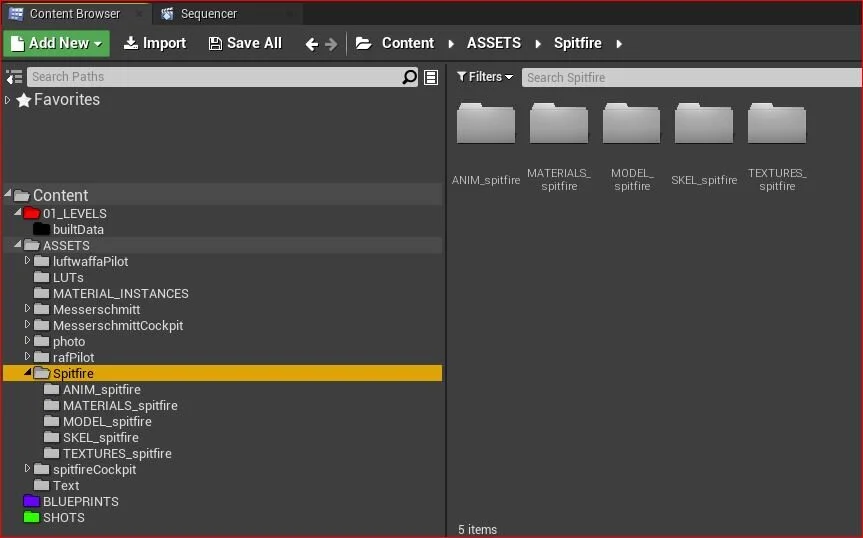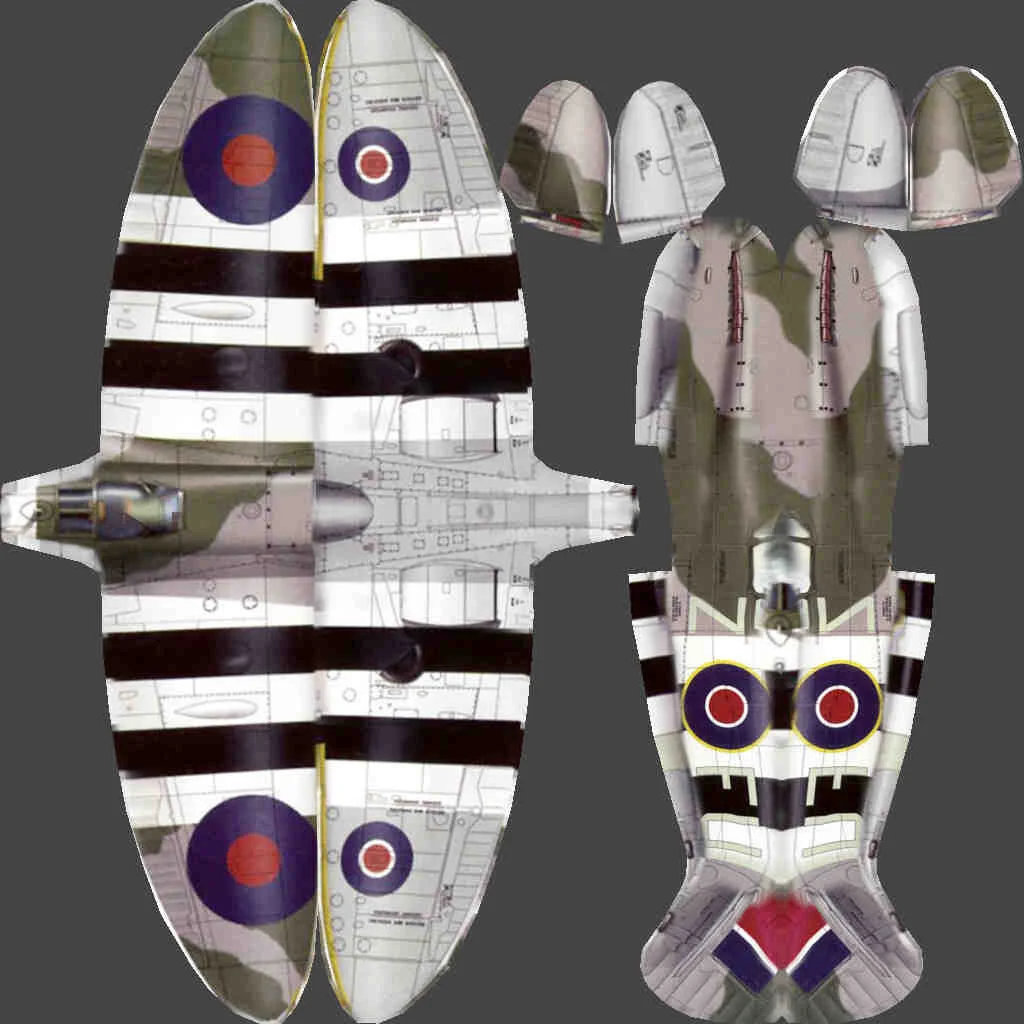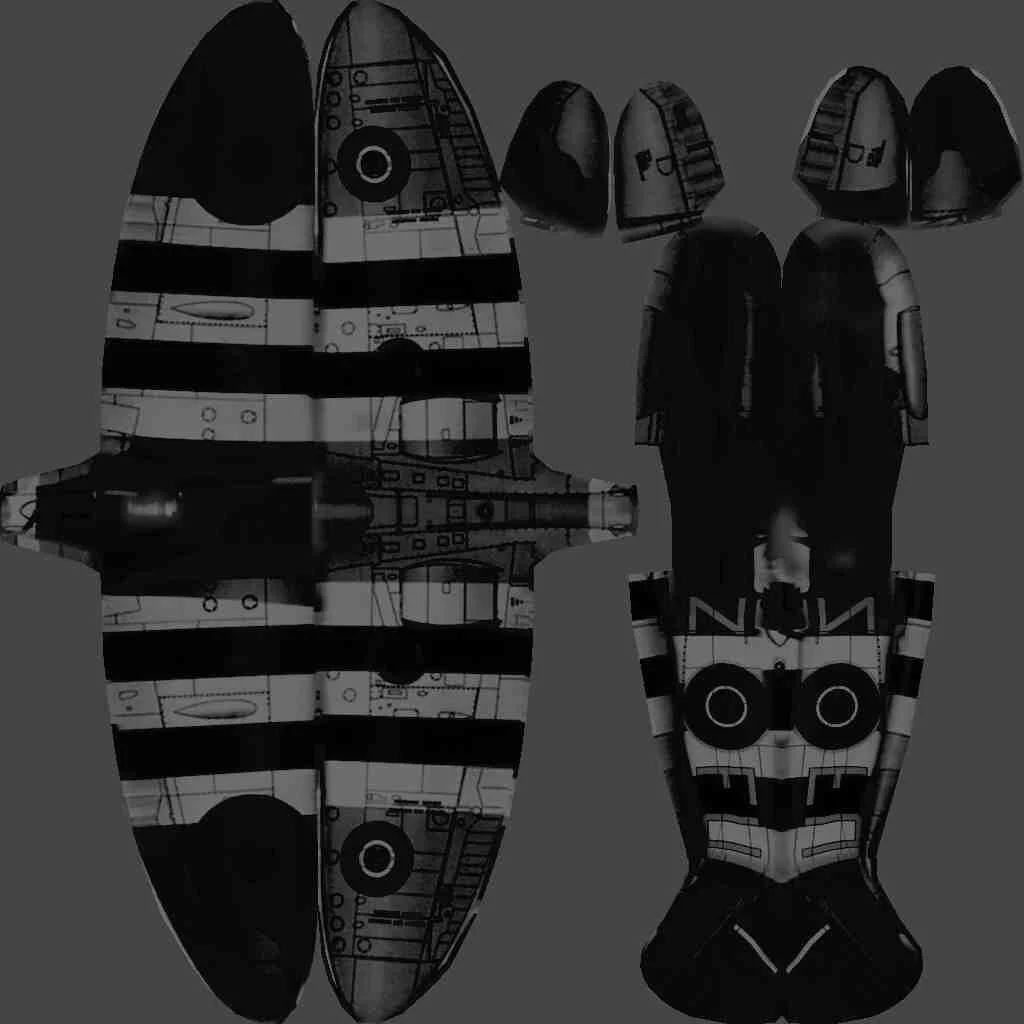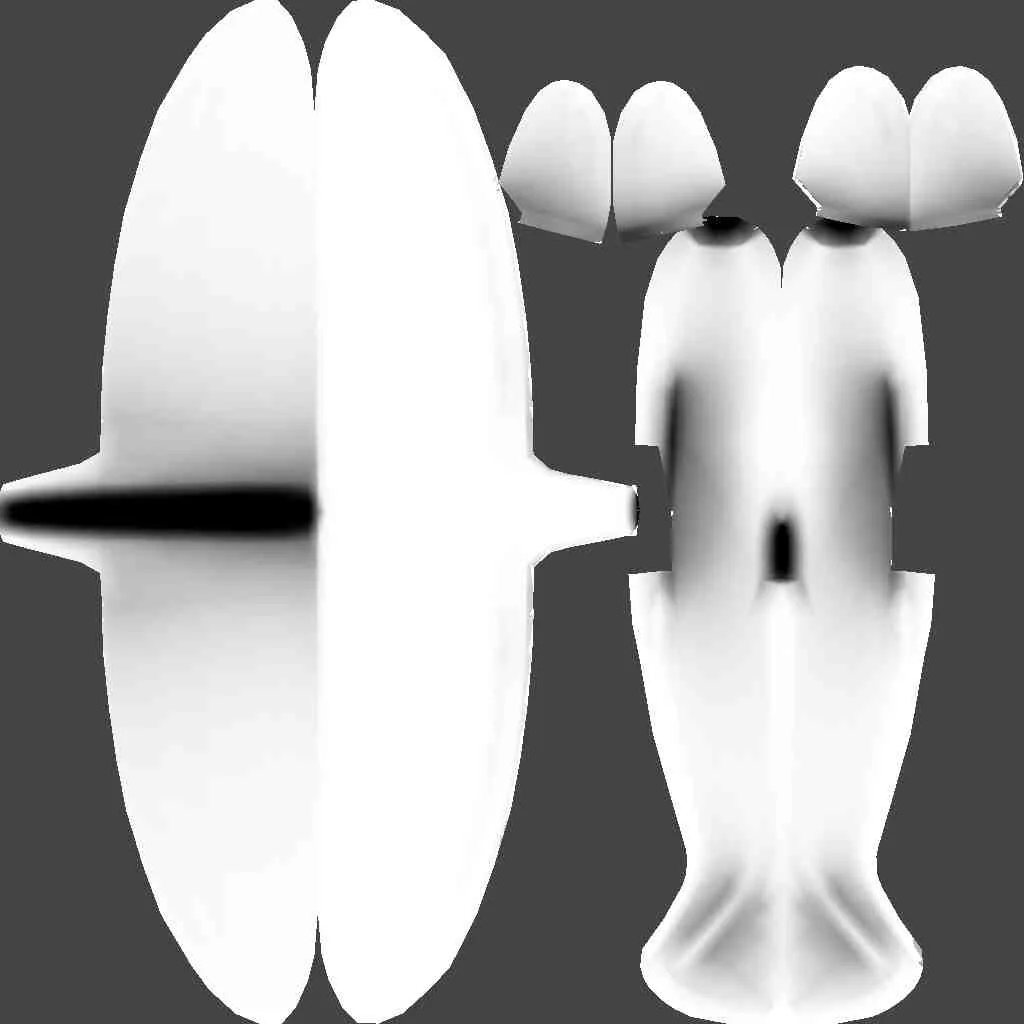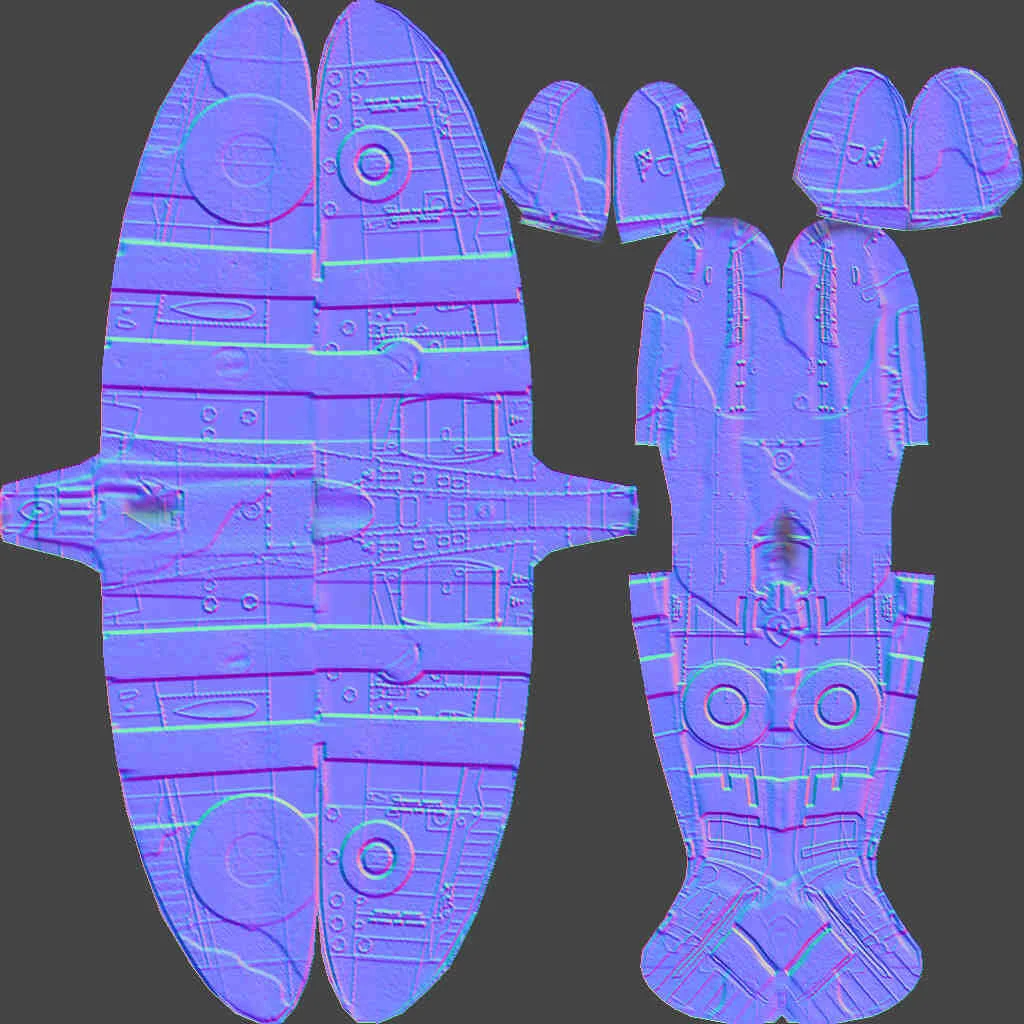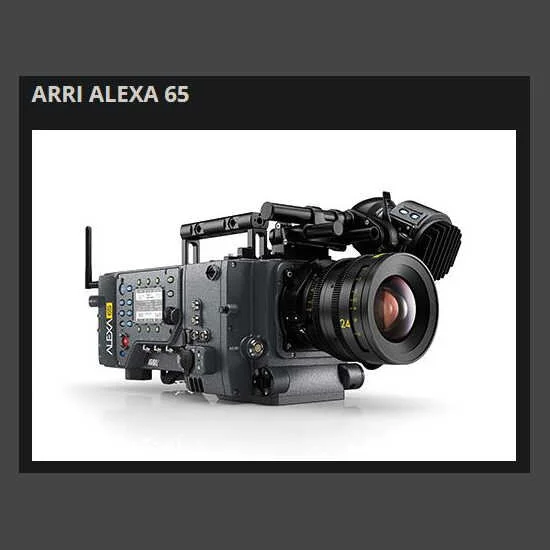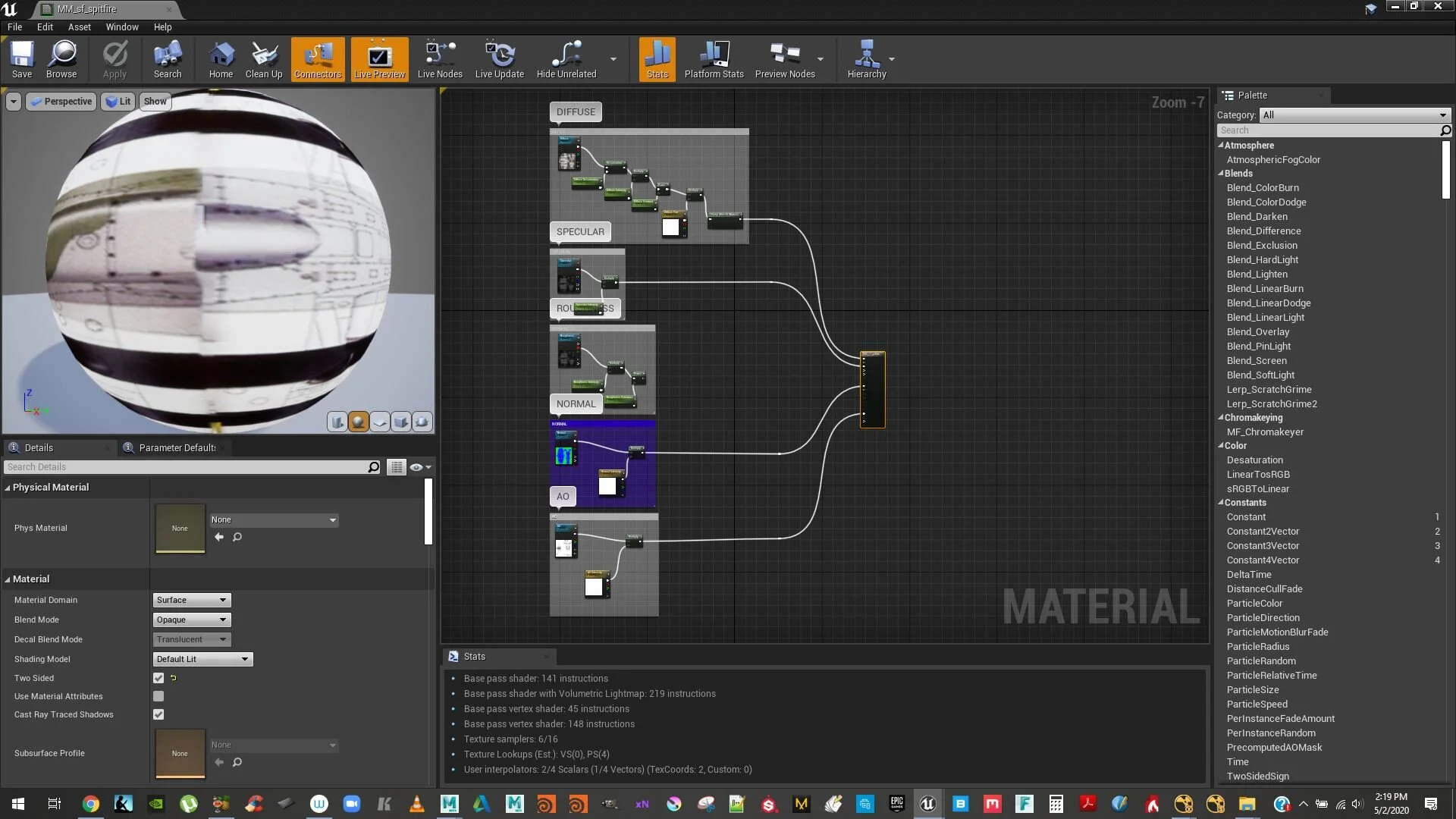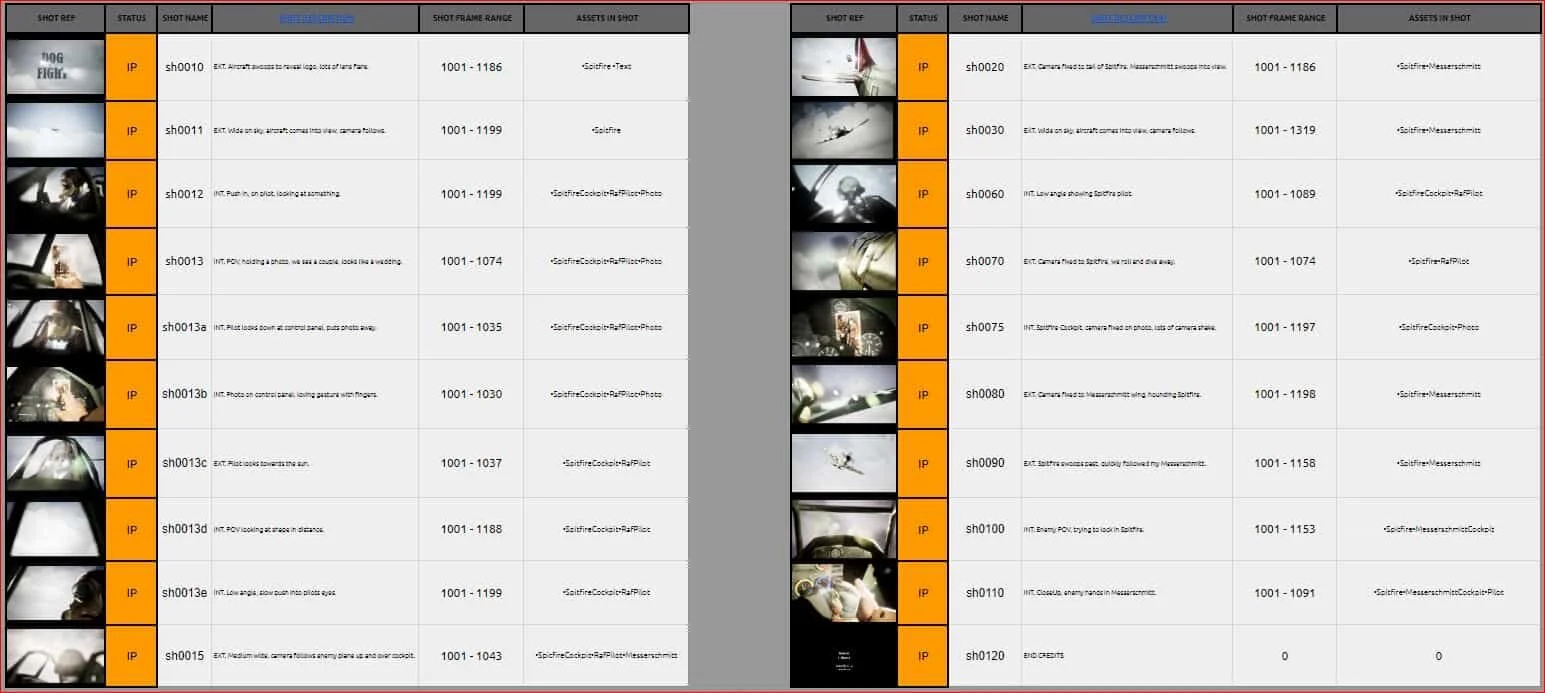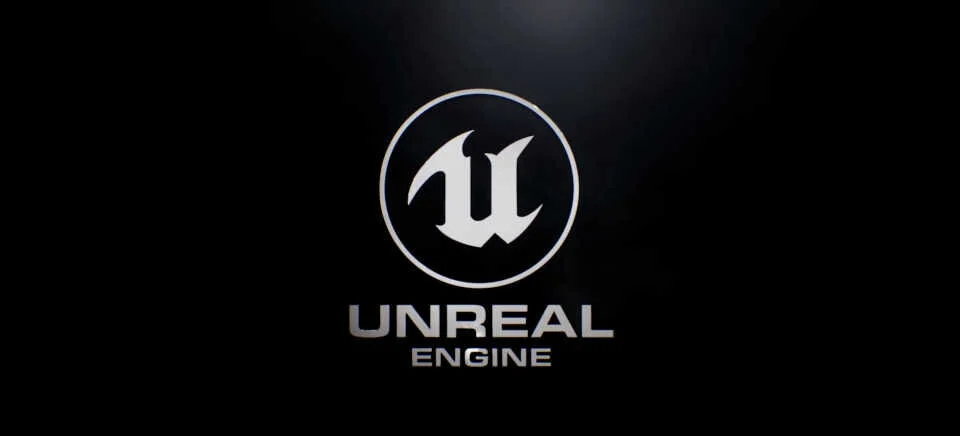
Dogfight: Making Of
An anecdotal look into the workflow while making my short film, Dogfight.
Dogfight came about after reading all the incredible articles about how productions are utilising Unreal Engine, and none more so than The Mandalorian. I decided to teach myself Unreal by making a short film. Researching the film is perhaps the most enjoyable part of my process, so indulging in all the information is a great excuse to get hold of new books. Here are three which really helped me to make better creative choices for this film.
The assets themselves were modeled and rigged in Maya. I wanted to mimic the workflow that would be used at a standard visualisation studio like ‘The Third Floor’ or ‘Halon’. Each asset clocked in at around 10 hours, texturing took a further 3-6 hours. After a couple of weekends I had the enough to start blocking out the story.
If I do something more than once I try to script the process, so for this film I had to get the rigs and animation from Maya and into Unreal. I wrote several tools that automated a number of tasks, from the creation of rig groups, sets to baking of joints ready for final export. I think I enjoy making the icons almost as much.
The Camera Ctl rig was built in a way to constrain cameras in certain shots while keeping the animation functionality of a free camera. I used Maya’s native sets to organise the parts need for export to Unreal, that way every rig and every export was exactly the same.
Areas of expansive sky made it difficult to judge the speed and placement of the aircraft, using a checker helped me to visualise the motion. Composition for all shots took time. I did series of negative space playblasts, dropped them into the edit to see how the shapes flowed through the shots. Aircraft are very elegant machines, so the framing had to really show the lines and solid colour helped.
Insuring everything translated over to Unreal, I created a couple of FBX presets, one for the rig and one for the motion. The assets were all imported as published rigs and the shot specific animation was imported as skeletal data.
Being new to Unreal Engine, I kept everything as separated as possible. This way I could easily find everything pertaining to a single asset and each asset was identical.
Textures were created using Mudbox. I mainly concentrated in generating the main Albedo map for each asset and use Gimp to add the other maps. A few hours collecting reference and projecting, I would have a nice looking, ‘pre vis-eqsue’ asset.
The workflow was all about experimentation and using software I could get my hands on without expensive subscriptions.
An aspect of visualisation work is to be able to replicate the real world. I chose a large format camera, as I wanted something cinematic. I modified part of Unreal’s setup files to include the ‘Arri Alexa 65’ and a lens pack.
I always want to understand the why rather than the how in Unreal. Taking a workshop at Epic Games HQ in Culver City really enabled me to hit the ground running.
I tried to ground the film in a ‘Sound Stage’ reality. This helped keep the lighting settings sensible and I could follow established cinema lighting logic.
CG can often look flat perhaps even a little lifeless. Visualisation, because of it’s nature, can suffer because of its purpose in the film making process. I wanted an optical feel, harsh sunlight, lens flare and grain.
Watching archival footage of these aircraft made me think about what else I could do to further degrade the images. I decided to render at a lower resolution and reformat in the final edit.
Finally one area of the creative process that I knew from the industry was planning. I made a simple shotgun clone using google sheets.
Dogfight was featured in the Unreal Community Spotlight for May along with the news of Unreal 5, what an amazing week.
Shameless self promotion again, the film also made the Epic Games launcher.


